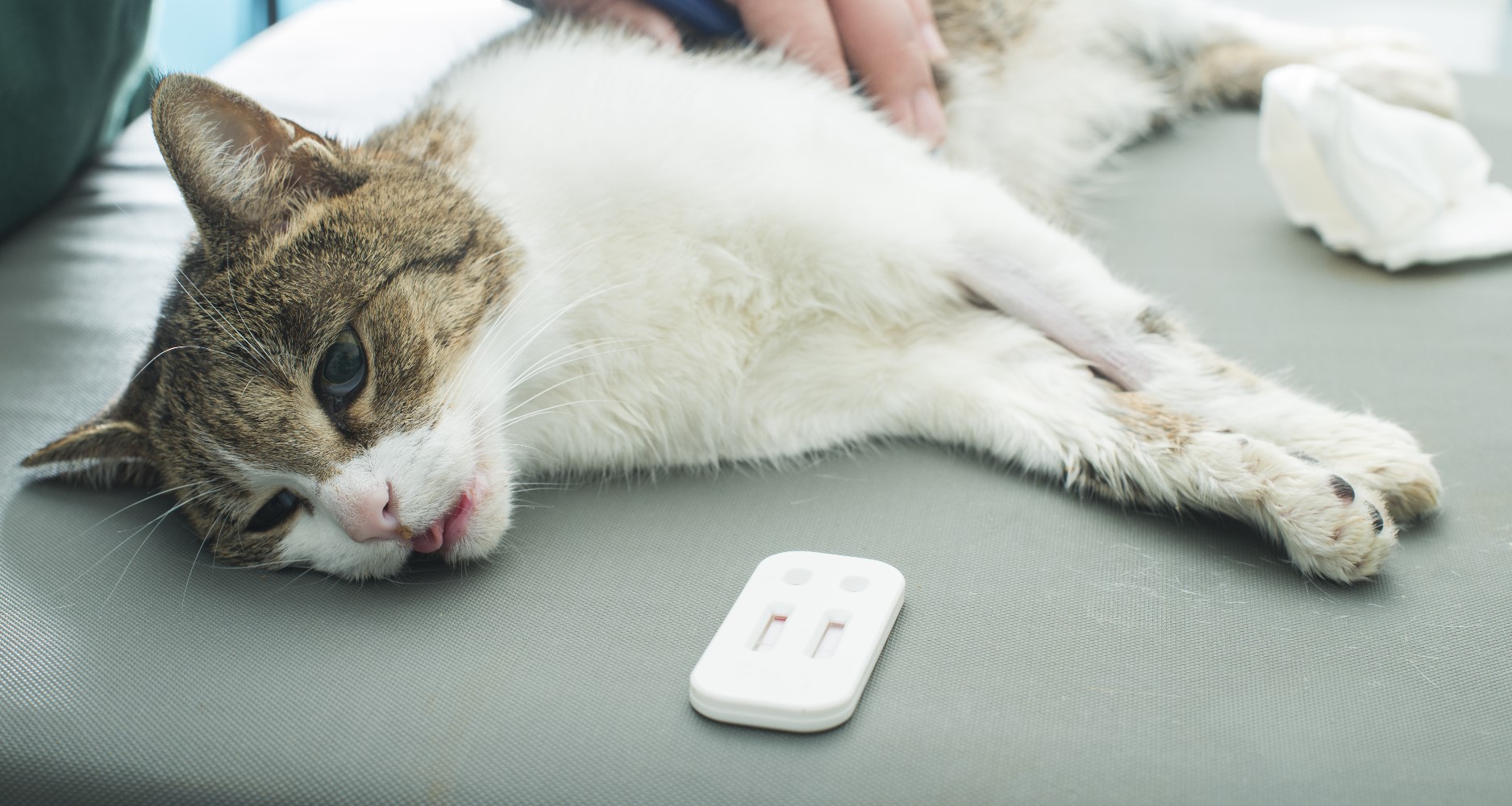HEALTH & WELLNESS

TRENDING

SIGN UP and Start Receiving
Our Monthly Newsletter,
The Chronicles
FACES OF PAIN

Recognizing Signs of Pain in Pets
IDENTIFYING PAIN IS IMPORTANT
Paying attention to the little clues that indicate your pet is hurting is very important because unrecognized and untreated pain may lead to other health issues, such as immune suppression, digestive troubles and insomnia.
ACUTE OR CHRONIC PAIN
Pain can occur as a result of various situations or conditions, for example, injury, surgery, arthritis and cancer. Pain can either be acute or chronic. Acute pain can be mild and last a short time, or it might be severe and last for weeks or months. Chronic pain is pain that is ongoing and usually lasts longer than six months. Acute pain is usually obvious and upsetting. Chronic pain can be subdued and sometimes be related to the ‘slowing down’ of aging. Whether pain is acute or chronic there are many options to treat the causes of pain that range from pain medications to physical rehabilitation to dietary changes.
PETS OFTEN HIDE SIGNS OF PAIN
Pets don’t often express the fact that they may be in pain. Your dog or cat can’t tell you where or how much it hurts and usually mask their pain. Animals have evolved to withdraw and hide the signs of pain because any display would put them at risk with predators.
CLUES INDICATING THAT YOUR PET IS IN PAIN
Whether the pain is predictable, as a result of surgery, injury, etc., or chronic, such as joint pain especially in older dogs, there will be physical and behavioral changes that can be identified.
Signs of pain in dogs can include:
- A sad or tense facial expression
- Yelping, whimpering or whining more
- Restlessness
- Limping or crouching
- Changes in eating and drinking patterns
- Sleeping more
- Changes in affection patterns – not greeting you as usual and interacting less
- Shaky legs or trembling
- Difficulty rising or lying down
- Difficulty in urinating or defecating
- Difficulty going up and down stairs or jumping
- Aggression – growling, pinning their ears back, and even biting
- Generally avoiding the things that they would normally like to do
Signs of pain in cats can include:
- Trouble using the litter box
- Hunching – sitting or walking in a hunched position
- Changes in behavior, such as sleeping more
- A decrease in appetite
- Not being able to jump up on a bed or couch
- Increased or decreased grooming or not wanting to be groomed
- Changes in appearance – cat becoming greasy or scruffy
- Hiding – not wanting to interact with their family
- An aggressive reaction to touch, such as biting
Don’t let your pet hide pain from you. It’s crucial to uncover aches and pains early before other complications arise.
If you recognize signs of pain, contact your Veterinary Healthcare Team right away for an evaluation. If necessary, a pain management protocol will be initiated so that your pet can get back to activities and keep moving for a healthier and happier life.










